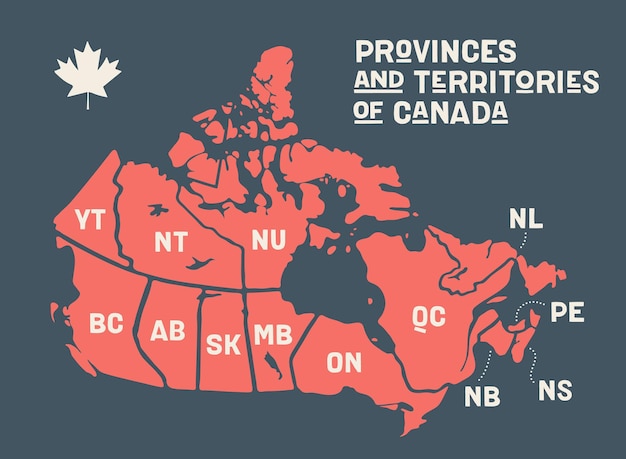Interesting Facts about Alaska State

Alaska is known as the Last Frontier for a reason: it’s the largest state in the U.S. by area.
Despite its size, Alaska has the lowest population density of any U.S. state.
If you’re a fan of wildlife, Alaska is like a paradise: it’s home to more than 3,000 rivers and over 3 million lakes.
The largest city in Alaska is Anchorage, where more than 40% of the state’s population resides.
Despite being famous for its cold weather, Alaska is also home to the largest temperate rainforest in the world, the Tongass National Forest.
Alaska has over 100,000 glaciers, covering about 5% of its total area.
Mount McKinley, also known as Denali, is the highest peak in North America and can be found in Alaska.
Alaska has a unique natural phenomenon known as the Northern Lights or Aurora Borealis, where colorful lights dance in the night sky.
The state is home to many indigenous tribes, including the Inupiaq, Yup’ik, and Athabascan people, who have rich cultural traditions.
Alaska has a diverse wildlife population, including animals like bears, moose, wolves, and whales.
Despite its remote location, Alaska is a popular tourist destination, especially for adventure seekers and nature enthusiasts.
The state’s economy is heavily dependent on industries like oil, fishing, and tourism.
Alaska has no sales or income tax, making it an attractive place to live for many people.
Interesting Facts about Alaska State part 2
The state is known for its natural resources, including gold, oil, and natural gas.
The Iditarod Trail Sled Dog Race, covering over 1,000 miles, is a famous annual event in Alaska.
Alaska has a unique state sport called dog mushing, where teams of dogs pull sleds across the snow.
The state was purchased from Russia in 1867 for 7.2 million dollars, which was considered a bargain at the time.
Alaska has more coastline than the rest of the U.S. combined, spanning over 6,600 miles.
The state’s official bird is the willow ptarmigan, a species well-adapted to survive in Alaska’s harsh winters.
Alaska is home to many active volcanoes, including Mount Redoubt and Mount Spurr.
The state’s capital, Juneau, is the only capital city in the U.S. that cannot be reached by road.
Alaska has over 40% of the world’s total coastline and the largest marine territory in the nation.
The state celebrates Alaska Day on October 18th, commemorating the formal transfer of Alaska from Russia to the U.S.
Alaska has more than 70 potentially active earthquakes each year, making it one of the most seismically active regions in the world.
The Midnight Sun Baseball Game in Fairbanks is played at 10:30 p.m. without artificial lights, thanks to Alaska’s long summer daylight hours.
The state is home to the largest population of bald eagles in the U.S.
Alaska has the world’s second-largest salmon fishery, with over 5 billion pounds of salmon caught annually.
The state’s motto is North to the Future, reflecting Alaska’s pioneering spirit and endless possibilities.
Alaska has eight national parks, including Denali National Park, which is larger than the state of New Hampshire.
The state’s official flower is the forget-me-not, symbolizing the everlasting beauty of Alaska.
Alaska’s official gemstone is jade, which has cultural significance and is popular among local artisans.
The state is home to the largest concentration of glaciers in the U.S., including the famous Hubbard Glacier and Mendenhall Glacier.
The Alaska Marine Highway System is the state’s ferry system, connecting many remote communities along the coast.
Alaska’s state flag was designed by a 13-year-old boy named Benny Benson in 19
The state has a rugged and diverse terrain, featuring the Brooks Range, Kenai Peninsula, and the Inside Passage.
Alaska is known for its long summer days and equally long winter nights, with areas experiencing 24 hours of daylight or darkness.
The state has a rich gold rush history, with famous mining towns like Nome and Fairbanks.
The Yukon River, stretching for over 1,900 miles, is the third-longest river in the U.S. and flows through Alaska.
The Trans-Alaska Pipeline System, over 800 miles long, was built to transport oil from Alaska’s North Slope to the port of Valdez.
Alaska has a state sport called the One-Foot High Kick, where participants kick a suspended ball with one foot while balancing on the other.
The state has the highest percentage of Native Americans of any U.S. state, with indigenous people making up about 16% of the population.
Alaska has more than three million lakes, providing ample opportunities for fishing, boating, and water-based activities.
The state’s official sport is dog mushing, emphasizing the special bond between Alaskans and their sled dogs.
Alaska is known for its stunning and diverse landscapes, with majestic mountains, lush forests, and pristine coastlines.
Finally, Alaska offers a unique lifestyle that combines adventure, breathtaking natural beauty, and a strong sense of community.

